Goal setting in upper elementary school can help children really reach their full potential. It helps them to know what to focus on and gives them skills to work towards that. Goal setting also allows students to learn life skills on how to work to learn something new. Goal setting doesn’t have to be difficult or take up a bunch of time, it actually can be quite simple! Today, I will share some quick tips on how to make goal setting easier for you in your classroom!
W.O.W. Goals
W.O.W. goals stand for Within One Week. I love WOW goals because it gives students something simple to focus on and work towards.
On Friday, my students would look at a goal they wanted to really focus on the following week. It could be anything from passing their multiplication test to sitting with someone new at lunch every day. I would walk around and help guide them through the discussion making process on choosing a goal that really works for them.
Then, they would tell their goal to a friend, write it on a post-it, and stick it on the wall. This way they would be held accountable for that goal.
If I had extra time, I would let them write several ideas, and then I would go around and talk to them about which one would be best for them that week.
Making it Personal
Each student has their own personal goal that they get to choose. It has to be something in the classroom, but it is what they want to work on. Having everyone make a goal around the same thing is unmotivating to students. Not every student in your classroom really cares about each thing, but if a student continually fails their math tests, they will be motivated to make that a goal for themselves.
Making the goals personal to them not only gives them autonomy over the process, but it teaches them the lifelong skill of goal setting and working toward a goal.
Check-Ins
Place the goals somewhere visible, like the bulletin board shown above. That way you can be reminded to check in with your students on a regular basis on how they are doing with their goal. You could do daily whole class check-ins where students check in with each other or you could just ask them how they are doing on the goal as you think about it throughout the day.
Journaling About the Goals
Allowing students to take some time to write why they did or did not meet their goal each week is a great way for them to begin to see what works and what doesn’t work for them as far as goals they are working toward.
It also makes them really think about the goals they are setting for themselves and what they are doing to actually accomplish these goals. If you just have them check off that they did or did not do it, they are not truly learning much. But if they take time to reflect and share those reflections with you, those lessons will last a lifetime.
Sending it Home
Send home those journal entries to share with their caregivers. Students that tell their families when they successfully complete a goal, tend to successfully complete goals often!
Rewards
As adults, we all want a reward when we complete our goals. So do our students! Make it simple on yourself though!
Here are some simple goal reward examples:
- If you complete your goal, on Monday, you get computer time instead of morning work
- Homework passes
- Once you complete your goal five times you get an extra recess
- Smarties
- No shoes pass
Goal Setting Binder
Want to take goal setting to the next level? Check out this post to grab a goal setting binder to use with your students!
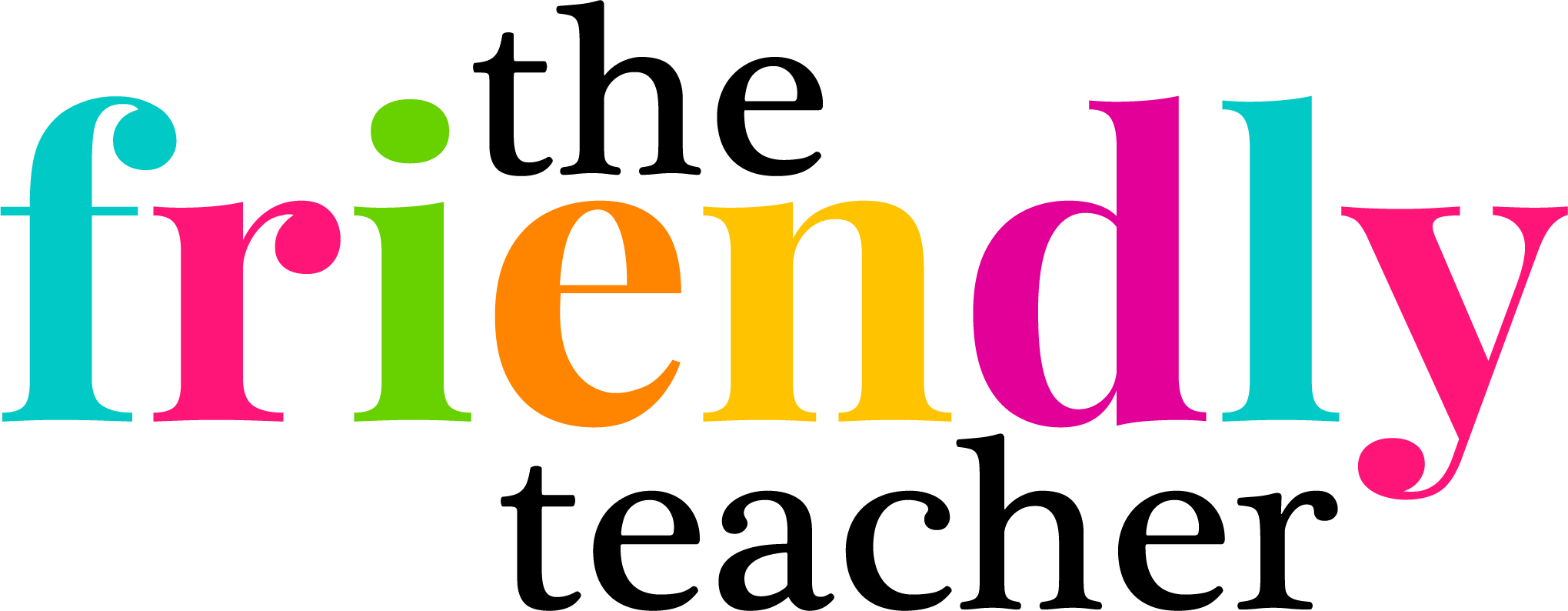


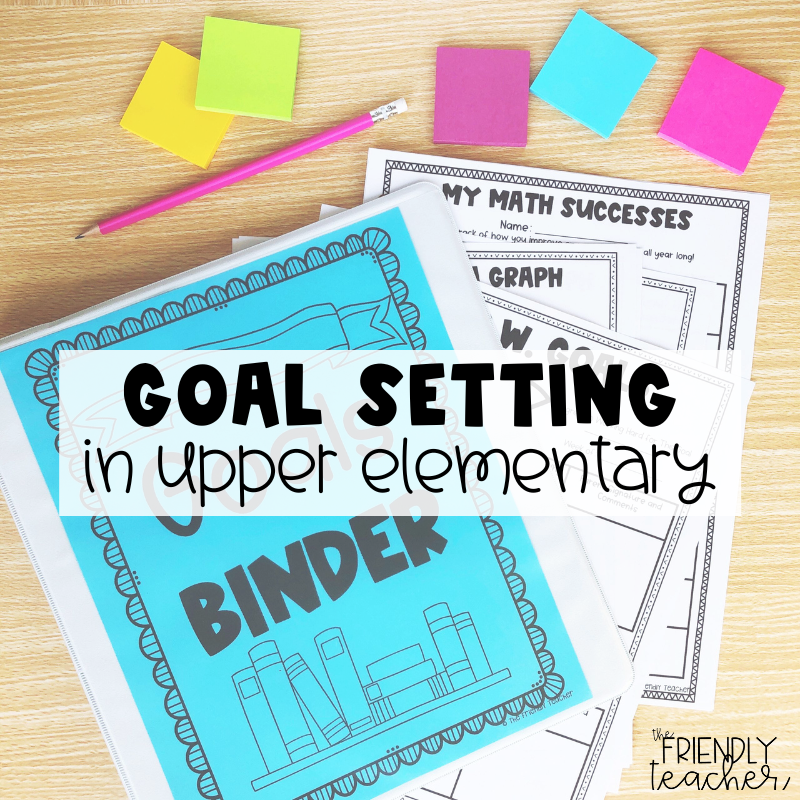
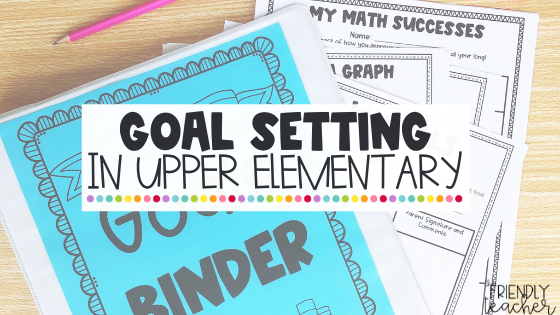
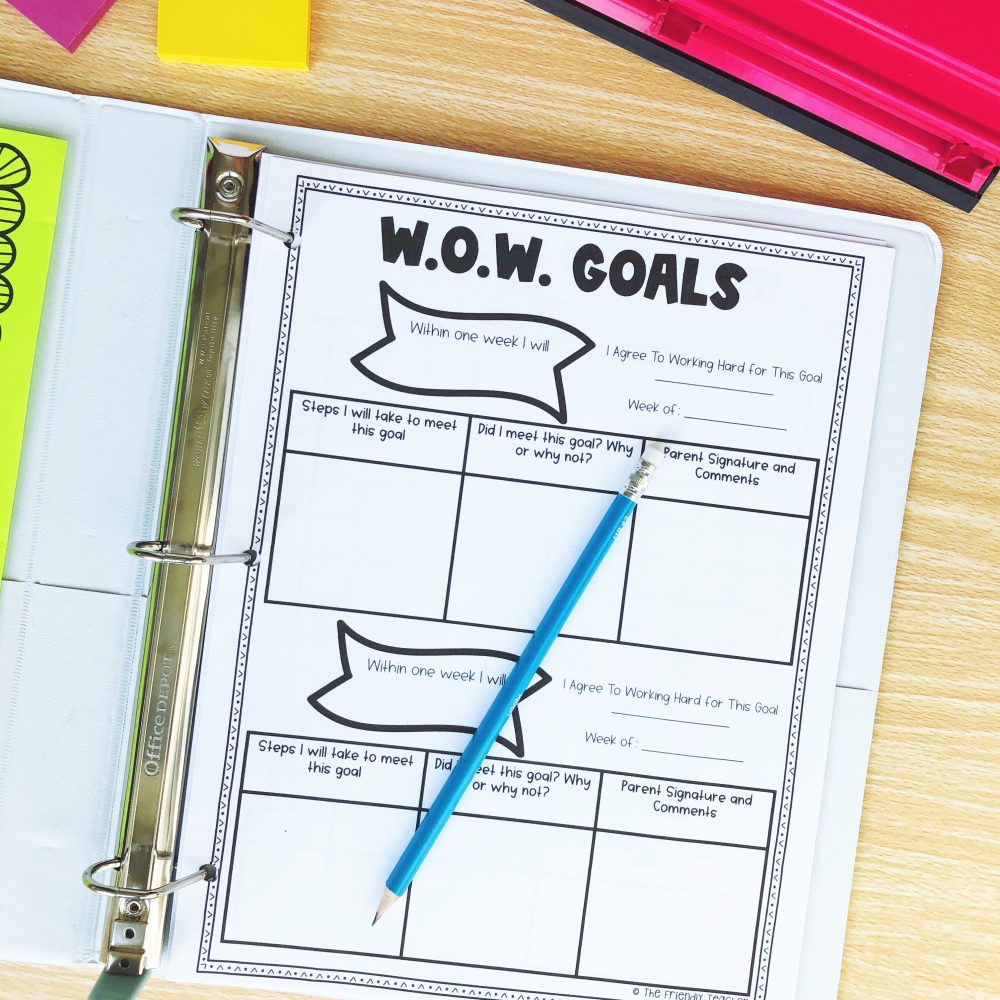

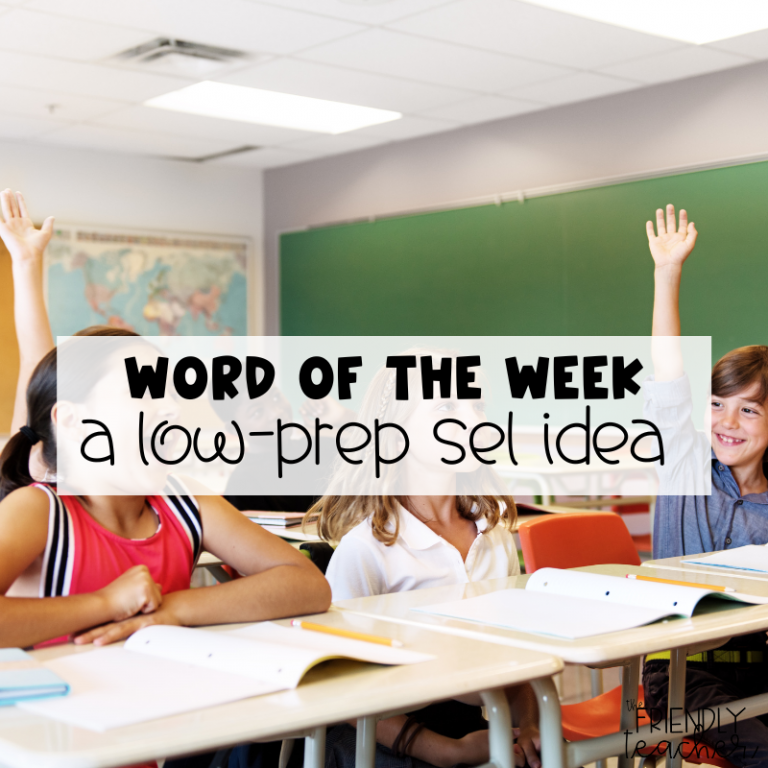

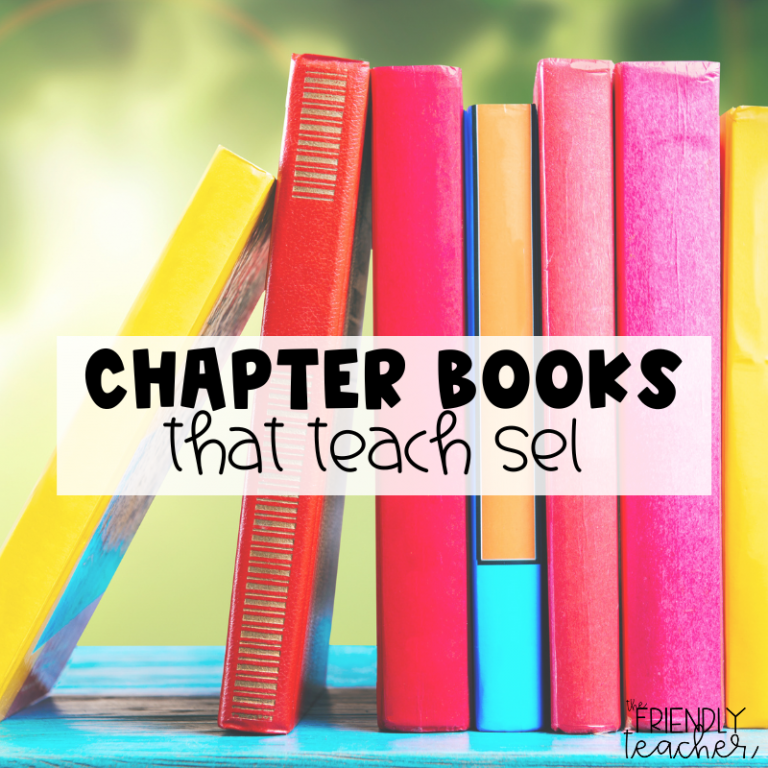
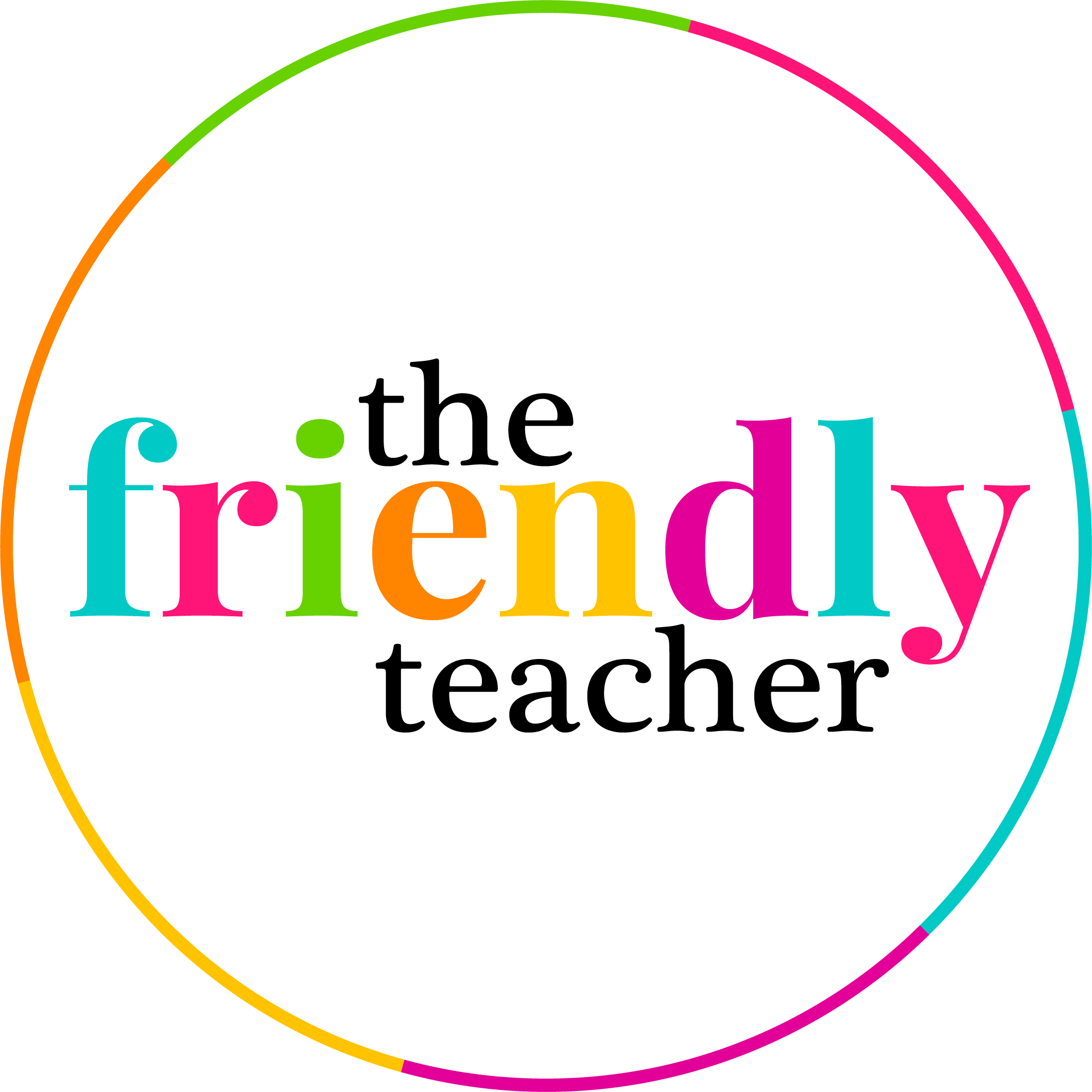
Hannah Wilde
I am so glad you’re here! I love helping 3rd-5th grade teachers by providing ideas, engaging resources, and professional development they need. I am a literacy coach who is here to help lessen the workload for teachers while making them more confident! I want students to be continually engaged in a rigorous environment!